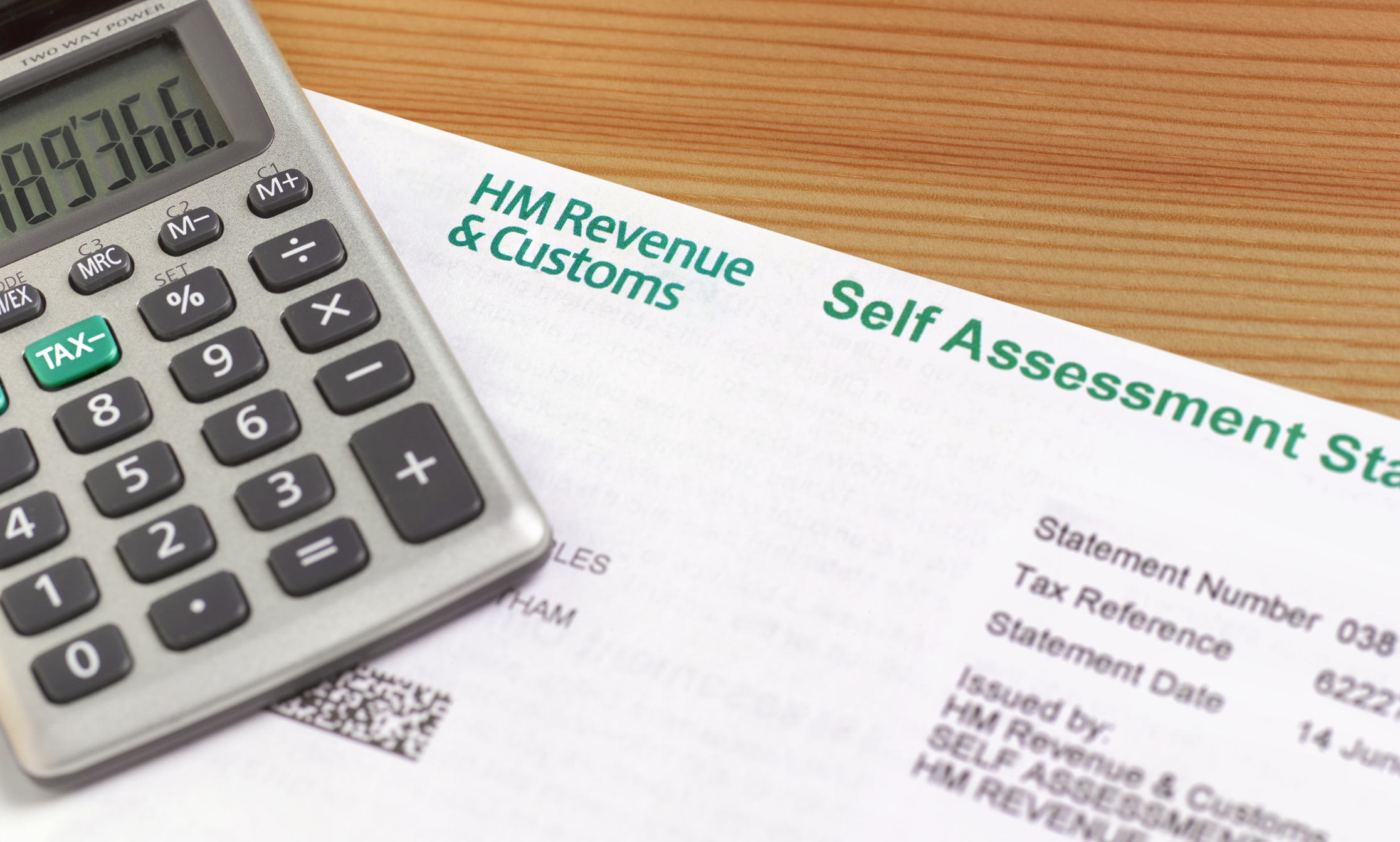HMRC paper self-assessment deadline approaches – should you file your tax return by post?
Most people file their tax return online but there are benefits to completing your self-assessment forms by post


There are just days left to file a paper self-assessment tax return.
Frozen tax allowances as well as rising wages and asset values have pushed more people into the self-assessment tax trap but while most wait until the 31 January deadline to file their return online, anyone filing a paper tax return needs to send it back to HMRC by 31 October.
Very few taxpayers use the paper route, with HMRC figures showing just under 3% were filed by 31 October last year.
MoneyWeek
Subscribe to MoneyWeek today and get your first six magazine issues absolutely FREE

Sign up to Money Morning
Don't miss the latest investment and personal finances news, market analysis, plus money-saving tips with our free twice-daily newsletter
Don't miss the latest investment and personal finances news, market analysis, plus money-saving tips with our free twice-daily newsletter
It may appeal to some people though.
“The demise of paper returns is natural in the modern world, but some people still need to use the traditional route, such as the visually impaired or the less digitally savvy, which includes older taxpayers who have never submitted a tax return online,” says Alice Haine, personal finance analyst at Bestinvest.
How to register for self-assessment
You usually need to complete a self-assessment tax return if you are self-employed and also to report untaxed earnings from investments such as property or profits from shares and funds outside an ISA.
Anyone completing a paper tax return and planning to post it to the taxman needs to tell HMRC by 5 October so it will be too late to file by paper this week.
If you haven’t completed a tax return before, you need to contact HMRC to get a unique taxpayer reference.
This can take up to 15 days to arrive by post.
Once you have this, you can complete the tax return either on paper and post it back or file online.
Alternatively, you can file online until 31 January, giving you three months to get prepared.
How to file a paper self-assessment tax return
You need to contact HMRC to receive a paper self-assessment form, which then needs to be posted back to the taxman.
Haine warns that it is getting harder to do this as HMRC continues to push people online.
“With the online option more favoured, HMRC has made it harder for people to get their hands on a paper return,” she says.
“It is no longer routinely sent to taxpayers, so those than want it must contact HMRC and request a paper version of the SA100 tax return along with any supplementary pages they need to cover additional sources of income. “
The pros and cons of a paper tax return
A paper tax return may appeal to the less digitally-savvy and the good news is that the actual tax bill doesn’t have to be paid until 31 January.
Anita Wright, independent financial adviser at Bolton James, says this allows you to hold onto your cash and potentially benefit from interest accrual in the meantime.
“With current interest rates, you can still earn a decent return, as many high-interest accounts offer around 5% per annum,” she says.
“If the money is held in such an account until the end of January 2025—and assuming interest rates don’t drop too quickly—this could result in extra interest earnings. This makes it potentially more advantageous to delay payment rather than settling up early with HMRC.”
Haine says filing in October also gives people more time to budget and prepare a payment plan if needed.
“The real benefit is that it removes the stress that comes with last-minute filing, reduces the risk of missing the deadline and incurring a fine and allows customers to find out if they are owed money, with any overpayments quickly refunded,” she says.
There are risks though, especially with potential postal delays.
Haine also warns that the paper process can be cumbersome as errors need to be crossed out and the form must be signed otherwise it will be considered invalid so it can be easy to make mistakes, especially if HMRC doesn’t understand your handwriting.
“The system is complicated, and you don’t want to make a mistake,” she says.
“If in doubt, consult a tax adviser to ensure everything is correct.”
Another option is just to prepare your tax return online now so you know how much you need to pay and then just wait to file and pay in January.
Get the latest financial news, insights and expert analysis from our award-winning MoneyWeek team, to help you understand what really matters when it comes to your finances.

Marc Shoffman is an award-winning freelance journalist specialising in business, personal finance and property. His work has appeared in print and online publications ranging from FT Business to The Times, Mail on Sunday and the i newspaper. He also co-presents the In For A Penny financial planning podcast.
-
 Why Trustpilot is a stock to watch for e-commerce exposure
Why Trustpilot is a stock to watch for e-commerce exposureTrustpilot has built a defensible position in one of the most critical areas of the internet: the infrastructure of trust, says Jamie Ward
-
 Tetragon Financial: An investment trust with stellar returns
Tetragon Financial: An investment trust with stellar returnsTetragon Financial has performed very well, but it won't appeal to most investors – there are clear reasons for the huge discount, says Rupert Hargreaves